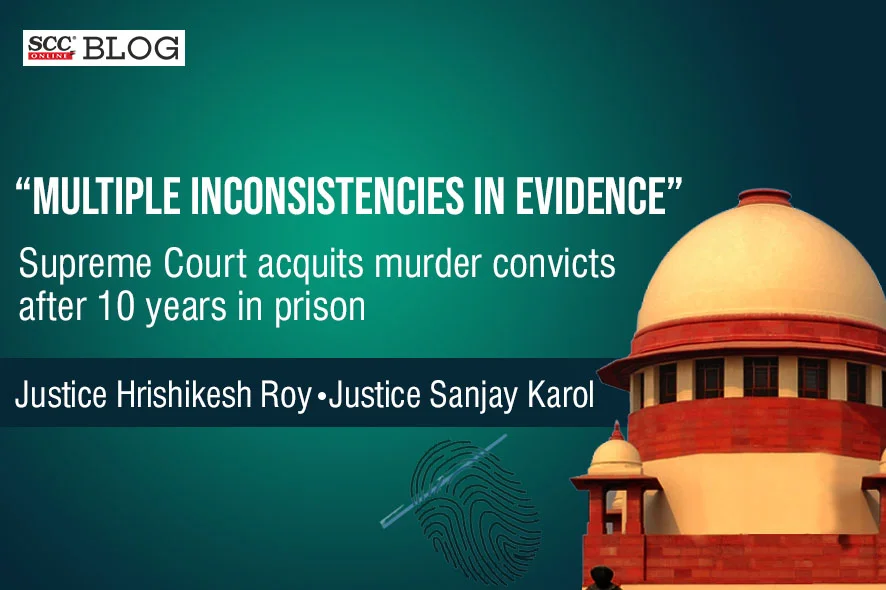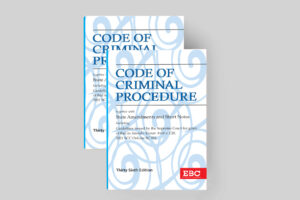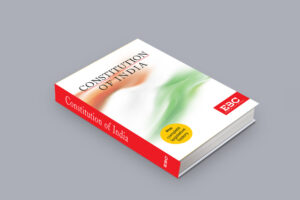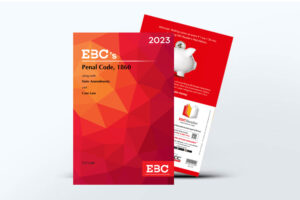Supreme Court: In an appeal filed by the two convicts against the judgment and order of the Allahabad High Court, wherein the Court upheld the conviction order by the Trial Court for offences under Sections 147, 302 read with Sections 149 and 324 of the Penal Code, 1860 (‘IPC’), granting them life imprisonment , the division bench of Hrishikesh Roy and Sanjay Karol, JJ. while setting aside the conviction order, said that the prosecution has failed to prove the case against the convicts with consistent and acceptable evidence. Thus, the convicts are entitled to the benefit of doubt.
The Court noted that the Trial Court based the conviction of the appellants primarily on the testimonies of the four eyewitnesses. It transpires from their evidence that on 30-06-1985, the deceased together with the eyewitnesses was loading onto a truck, cut logs from a tree. At that time, the armed convicts came there in a tractor. Then convict 1 took out a double barrel gun from the bonnet of the tractor and shot at the deceased and also at one witness. Convict 3 is stated to be armed with a Lathi. The convicts fired at the deceased from a distance of about 10-12 feet and thereafter when the deceased was fleeing, another round was fired and eventually, when he fell, two shots were fired at the injured from close quarter to ensure that he was dead.
After perusing the witness testimonies, other evidence etc, the Court said that there are multiple loopholes noticed in the investigation and those need to be evaluated in this appeal. The weapon of assault i.e., the double barrel gun, the tractor in which the assailants had travelled, the truck which was used for loading the logs or even the logs are not recovered. This impacts the credibility of the versions presented by the eyewitnesses particularly in the face of the contrary version projected by the defence witnesses.
The Bench added that it is also not certain that the Investigating Officer (‘IO’) visited the crime scene on the night of the incident. The IO stated he had deputed two constables to attend to the dead body at night, but one of the constables never said that he was asked by the IO to guard the dead body. Instead, witness 5 said that he received the dead body on the morning of 01-07-1985 and took the dead body for postmortem examination. The other Constable was not even produced as a witness.
Further, the Court said that the IO not only failed to seize the tractor but also the gun with which the deceased was shot. If the version of the eyewitnesses is to be accepted, that it was the convict 1 who had fired at the deceased with a double barrel gun, evidence should have been made available to connect the ante-mortem gunshot injuries found on the body of deceased to correlate those with the bullets fired from the double barrel gun. No ballistic report is made available to show that the bullets found on the dead body could have been shot or fired from a double barrel gun. Thus, without the gun and the ballistic report, it would not be justified to link the firing by convict 1 with the wounds on the dead body.
The Bench added that at the crime scene the eyewitnesses were loading logs onto a truck. Yet the police failed to recover the truck or to identify the driver and cleaner of that truck. In fact, the IO failed to collect any evidence to show the presence of the truck at the site of the incident such as Tyre marks on the wet ground etc. That apart, the tractor in which the assailants group travelled to the place of the incident was also not seized by the IO and nothing is brought on record to show that convict 1 owned a tractor.
Further, the Court pointed out that the vital information given by the witness, that a double barrel gun was taken out from the bonnet of the tractor by convict 1, was neither mentioned in the FIR nor in the 161 Code of Criminal Procedure, 1973 statements given by the eyewitnesses. Since the eyewitnesses have stated in their evidence. The Court reiterated that an FIR need not be an encyclopedia of all the happenings in a particular incident, but the essential facts particularly by the eyewitnesses to the incident should have been made available when the FIR itself was prepared by the eyewitnesses with the assistance of the co-villagers.
The Court said that normally this Court would not exercise its special jurisdiction under Article 136 of the Constitution to set aside such concurrent verdict. However, it reiterated that when there are multiple inconsistencies in the evidence based on which conviction was ordered and possibility of conviction resulting in grave miscarriage of justice, interference with a concurrent verdict is not only possible, but it would be well warranted.
As per the Court, the prosecution in the present case has failed to establish with material evidence the versions put forth by the eyewitnesses. More specifically, the weapon of assault i.e., double barrel gun, the tractor in which assailants’ group had travelled to the place of occurrence, the truck on which cut logs were being loaded, have not been seized. The IO has failed to record in the case diary about the cut logs and in fact no evidence of cut logs in the crime scene is available. From the testimonies of defence witnesses, it is apparent that the tree was sold to the timber merchant and that too, 3-4 months prior to the incident. Thus, the story of the purchased mango tree and the timber from that tree being loaded on to a truck was introduced by the eyewitnesses, only to justify their presence at the place of occurrence. It is possible that because of past enmity, the eyewitnesses have presented a version which is not supported by the material evidence presented in the case. Thus, the prosecution version, if not incorrect, is at least attempted to be founded on shaky foundations.
The Court said that the discrepancies/contradictions/improvements in the evidence of the prosecution witnesses have not been appropriately considered and appreciated by the High Court.
[Amar nath v State of UP, 2023 SCC OnLine SC 1322, Order dated 05-10-2023]
Advocates who appeared in this case :
For Appellant(s): Advocate Rakesh Kumar Singh, Advocate-On-Record Prem Prakash, . Advocate Sandhya Kukreti
For Respondent(s) : Advocate-On-Record Namit Saxena










any judgement by court lic policy nominee mother and father but legal heir wife and daughter 2015 to 2016 plz send me judgement copy with PDF file